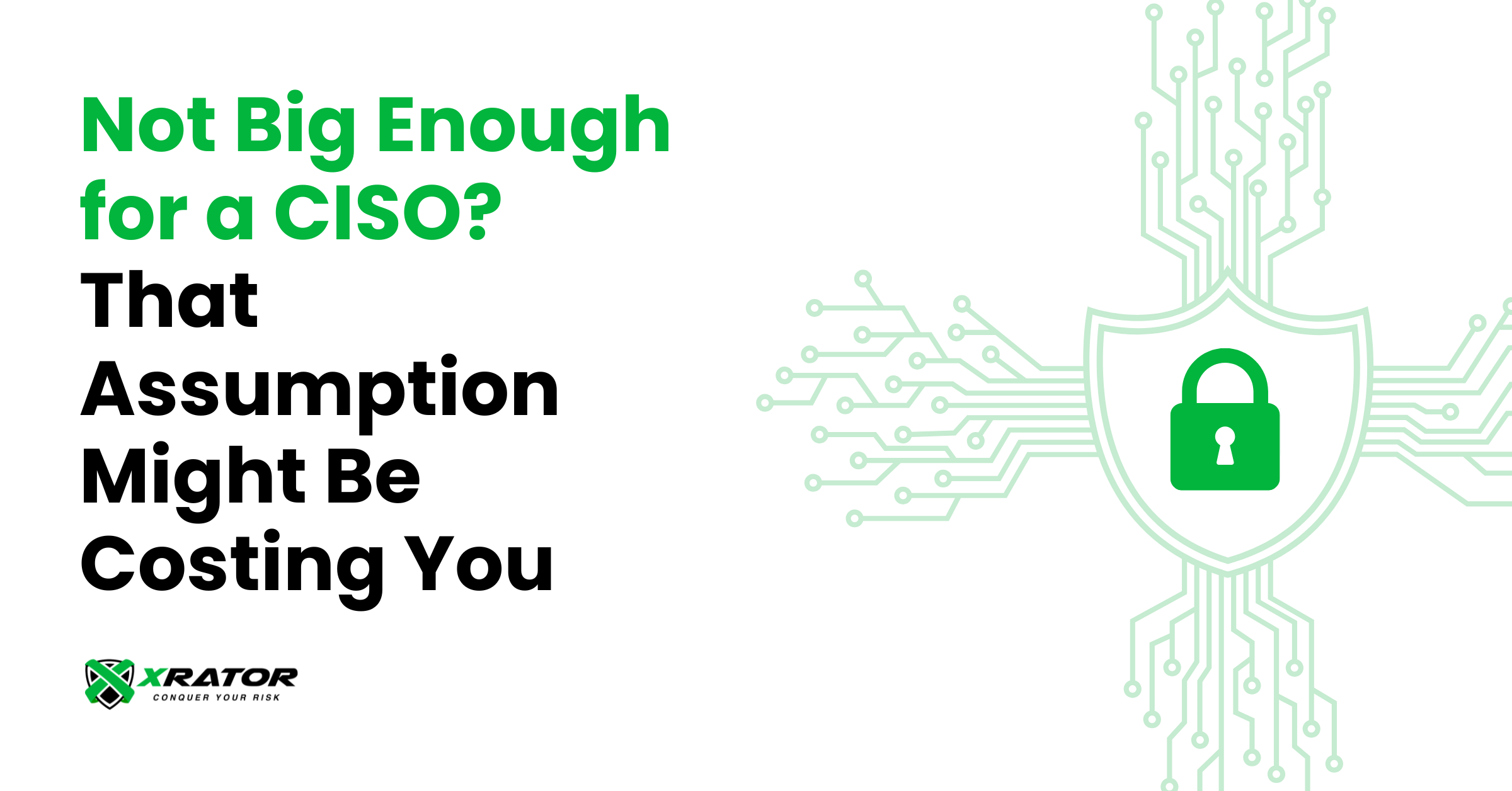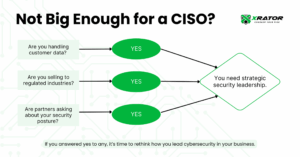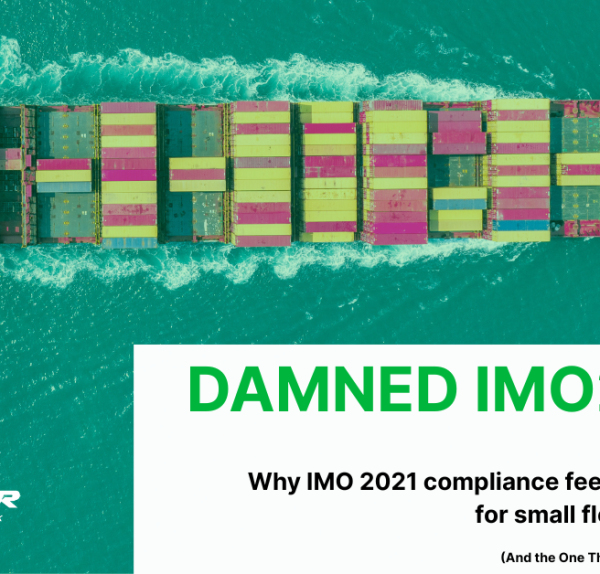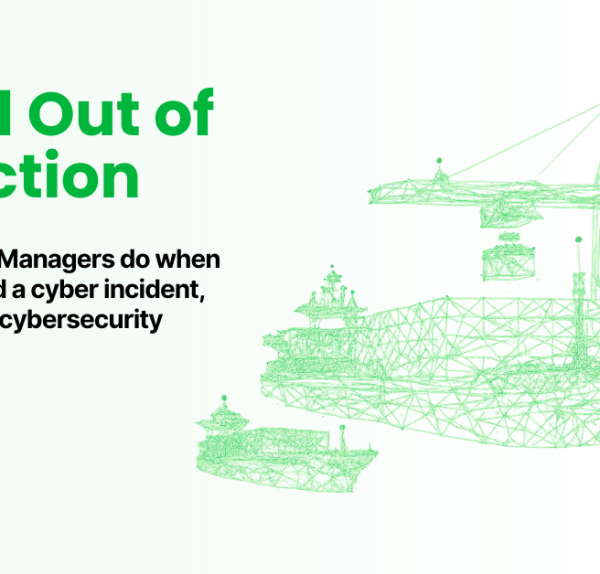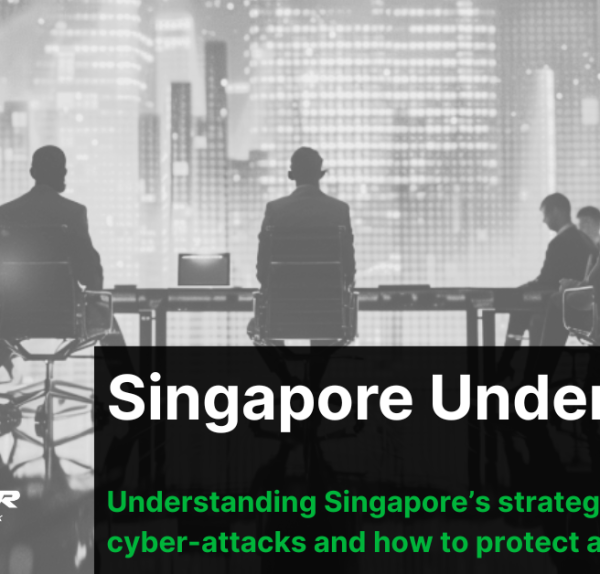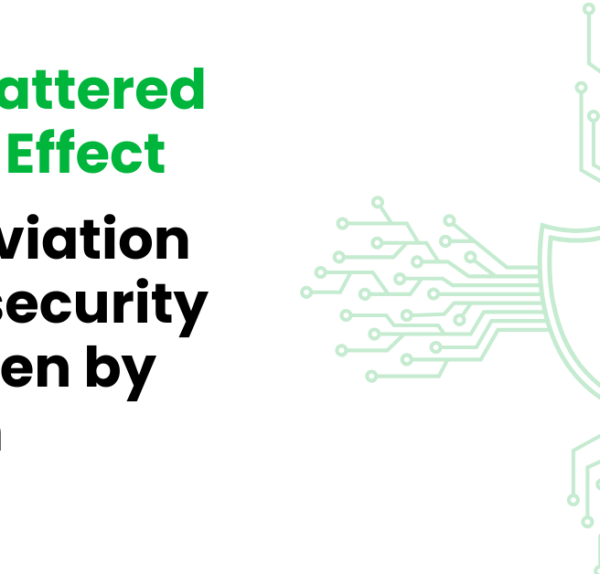It’s a familiar refrain in many growing companies — “We are not big enough for a dedicated CISO.” For early-stage firms and even mature SMEs, the idea of hiring a Chief Information Security Officer can feel premature, expensive, or unnecessary. After all, when budgets are tight and headcount is lean, a dedicated security executive might seem like a luxury.
But in reality, this line of thinking can lead to costly consequences. The absence of clear security ownership does not delay risk — it delays progress. And increasingly, it comes with a price tag.
When no one owns the risk, everyone pays the price
Consider the case of a mid-sized healthtech startup negotiating a major partnership with a global insurance firm. Everything looked promising — until the partner’s due diligence team found no central point of contact for cybersecurity oversight. The deal was paused. Months of delay followed. Ultimately, the company scrambled to draft new policies, purchase tools, and rework internal processes — all under pressure.
This is not a rare case. Across industries, sales deals fall through, audits become painful, and funding rounds get delayed not because of active breaches, but because of the perception of risk. When no one owns security, uncertainty takes over. And uncertainty kills momentum.
The challenge is rarely about tools or firewalls. It is about accountability. Who owns the decisions? Who interprets the threats? And who ties security actions to business priorities? Without clear answers, teams end up chasing checklists — or worse, assuming someone else has it covered.
The false equation of size and security maturity
Many companies equate cybersecurity leadership with scale. The assumption is that until they reach a certain employee count or revenue milestone, security can be handled ad hoc. Often, CFOs or COOs find themselves reluctantly overseeing compliance, risk documentation, or vendor assessments. These are talented business leaders — but they are not security strategists.
What this creates is an environment of reactive decisions, where each security response is a patch rather than a plan. It slows down teams, burns out leadership, and leaves the organisation vulnerable to mistakes — not out of negligence, but out of bandwidth.
And in the process, security becomes the friction point. It holds back launches. It complicates onboarding of partners. It raises red flags during investor due diligence. Simply put, it stops growth from flowing smoothly.
Proactive leadership does not have to mean full-time cost
The core misconception is that cybersecurity leadership equals an expensive, full-time executive. But modern models have moved beyond that. CISO-as-a-Service offers businesses a high-leverage, cost-effective option. You get senior-level expertise without the financial overhead. More importantly, you gain proactive, embedded decision-making that evolves with your company.
Unlike external audits or short-term consultants, a fractional CISO stays with you. They understand your product, your roadmap, and your customers. They do not just write policies — they shape decisions.
In early-stage environments, that makes all the difference. A part-time CISO can guide secure infrastructure choices, help respond to customer questionnaires, establish access control best practices, and prepare teams for certifications like ISO 27001 or SOC 2 — without bogging them down in bureaucracy. It is a strategic edge, not a checklist.
The cost of waiting is rising
In the 2023 Verizon Data Breach Investigations Report, 61% of breaches involved small to medium-sized businesses. Attackers are not waiting for you to reach enterprise scale. They are targeting companies with weaker processes and unclear accountability.
Meanwhile, regulations like the SEC’s cybersecurity disclosure rules and GDPR are raising expectations across all industries. Security gaps today do not just result in breaches — they show up in delayed deals, audit challenges, and loss of credibility.
Rethinking risk ownership in growing companies
The smartest companies are no longer asking, “Can we afford a CISO?” They are asking, “Can we afford to grow without one?”
The truth is, security leadership is not about having a person with a title. It is about having someone who can make risk visible — and manageable. Someone who speaks both the language of business and the language of security.
Enhancing, not replacing your security team
CISO-as-a-Service is not about replacing your internal expertise. Many companies already have talented IT managers, compliance officers, or security engineers who deeply understand their environments. Our model is designed to enhance their work — offering external strategic guidance, threat insights, and executive-level alignment without disrupting what already works well internally.
A flexible, scalable model for security leadership
CISO-as-a-Service provides a flexible alternative. It embeds leadership into your business rhythm without disrupting your budget. It ensures that someone is not only watching your risk landscape, but translating it into business terms.
The best part? It scales with you. You do not need to wait until you hit 500 people or a Series C round. A CISO-as-a-Service can step in for 10 hours a month or 2 days a week — whatever your business stage demands. And as you grow, the model adapts.
The case for action now
Security leadership is not a finish line. It is a foundational decision. It shapes how your company handles data, builds products, manages vendors, and responds to customers. The earlier it is embedded, the smoother your path to maturity becomes.
Models like CISO-as-a-Service offer a practical path forward. They meet companies where they are, without requiring a full-time hire before they are ready.
At XRATOR, we help companies embed security leadership that scales with them — and we back it with technology.
Our platform automates up to 90% of operational cybersecurity tasks, allowing CISOs, security leads, and internal teams to focus on strategy, risk prioritization, and growth.
Because security leadership is not just about hiring smarter. It is about working smarter.

